RELATED PROJECTS
This is the list of the projects that have been using Cities at Night pictures for research so far.
1. LIGHT POLLUTION AND CANCER RISK
Artificial light at night and breast and prostate cancer risk (MCC-Spain), Ariadna Garcia and Manolis Kogevinas, ISGlobal, Barcelona, Spain.
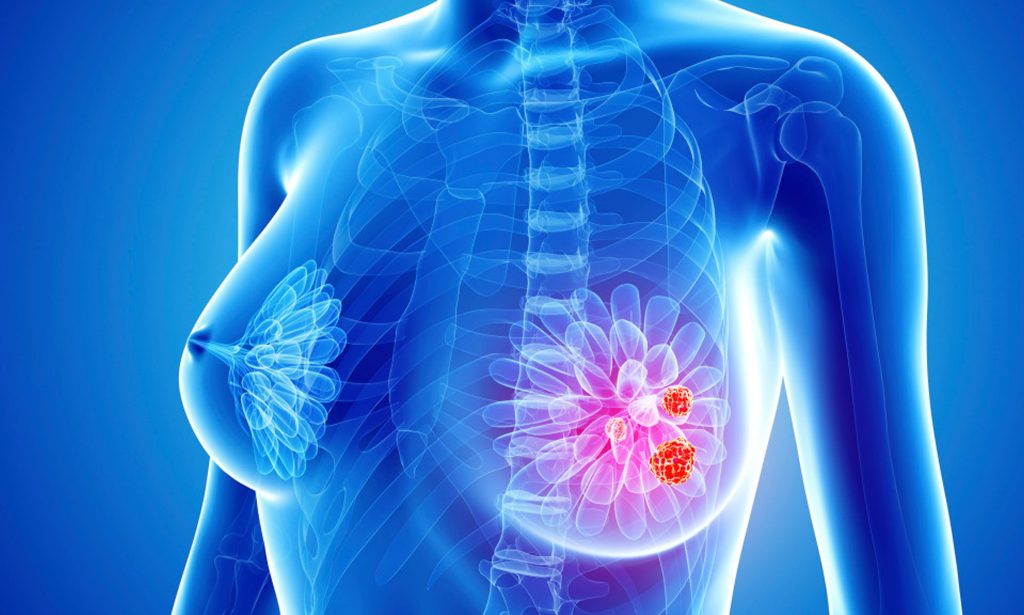
In our study, the images from ISS were used in order to evaluate the possible effect of artificial light at night exposure and breast and prostate cancer risk within a multicase-control study in Spain (MCC-Spain). The ISS images were the best option to perform the analysis because of good quality resolution and colour availability, as we are particularly interested in the blue spectrum of light which has been proved to be related with melatonin supression and circadian disruption, causing by this way, health consequences like cancer, sleeping disorders, cardiovascular disease among others.
2. TURTLES
Turtles conservation in Florida, Diana Umpierre, IDA, Florida, USA
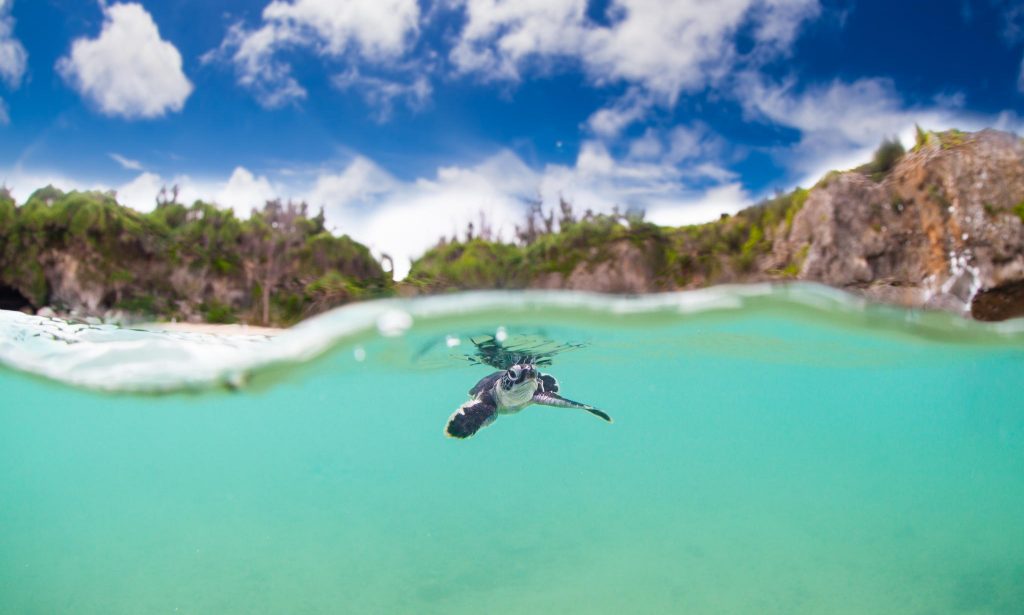
Of all the animals on our planet affected by light pollution, sea turtles are perhaps most well known. Sea turtles live in the ocean, yet they hatch at night on sandy beaches. Hatchling sea turtles have one immediate goal to ensure their future survival – find the ocean. They have evolved to locate the sea by seeing the brighter horizon over the ocean, and moving away from dark landward silhouettes. On a natural beach, the newly hatched sea turtles find the open brighter horizon and make for the water. Bright coastal lights disrupt this process. Researchers have found that regulating lights visible from the beach is not enough to reduce this impact. A cost effective way is needed to evaluate lighting that extends many miles inland and document changes in light pollution and how sea turtles respond to change. We will use the ISS images to identify the more sensitive regions.
3. LIGHT POLLUTION OF GALICIA
Light pollution control, Salvador Bara, Universidad de Santiago de Compostela, Galicia, Spain.
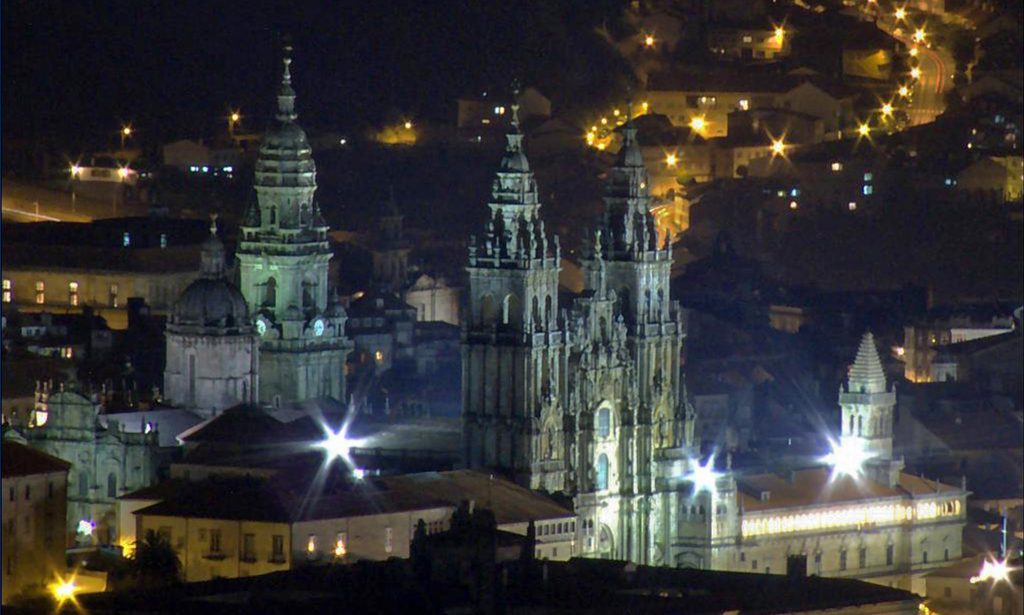
Our research group at Universidade de Santiago de Compostela is developing an active research programme on the propagation of artificial light through the atmosphere, as well as on its effects on urban, rural and coastal areas. Our present works deal with light generation and propagation modelling and measurement, detector network implementation, studies of the impacts of artificial light on protected natural spaces, and proposals for the regulation of sustainable light emissions and light pollution abatement ordinances.
We plan to use DSLR RGB imagery from the International Space Station as basic multi-spectral tool for monitoring the strength and spectral composition of the artificial light sources contributing to degrade the nocturnal environment. ISS images also provide a natural way of tracking the pace of the ongoing process of large-scale substitution of solid-state light sources (SSL) for gas-discharge based lamps.
4. CHILDREN DEVELOPMENT
Artificial light at night and cognitive development and performance in children, Juana Maria Delgado-Saborit, ISGlobal (Spain) and King’s College London (UK)
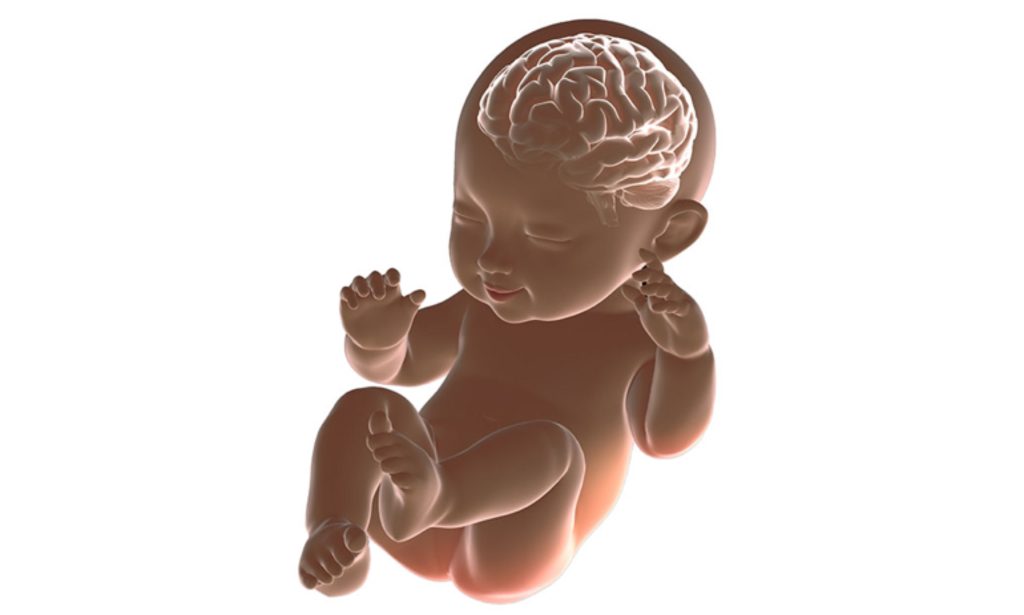
We are interested to explore the effect of exposure to different environmental factors, namely air pollution, noise levels, access to green spaces and artificial light at night, on cognitive performance and development in children. Regarding artificial light at night, photography images of UK cities taken by astronauts aboard of the International Space Station (ISS) will be transformed into maps of artificial nocturnal light intensity, colour spectrum and melatonin suppression. These maps will be used to assess the associations between artificial nocturnal light on performance of functions such as language, memory, executive function, spatial awareness and problem solving in children.
5. BATS
Ecological corridors in urban landscapes : the impact of artificial light on the movements of bats, Julie Pauwels, Muséum National d’Histoire Naturelle, Paris, France
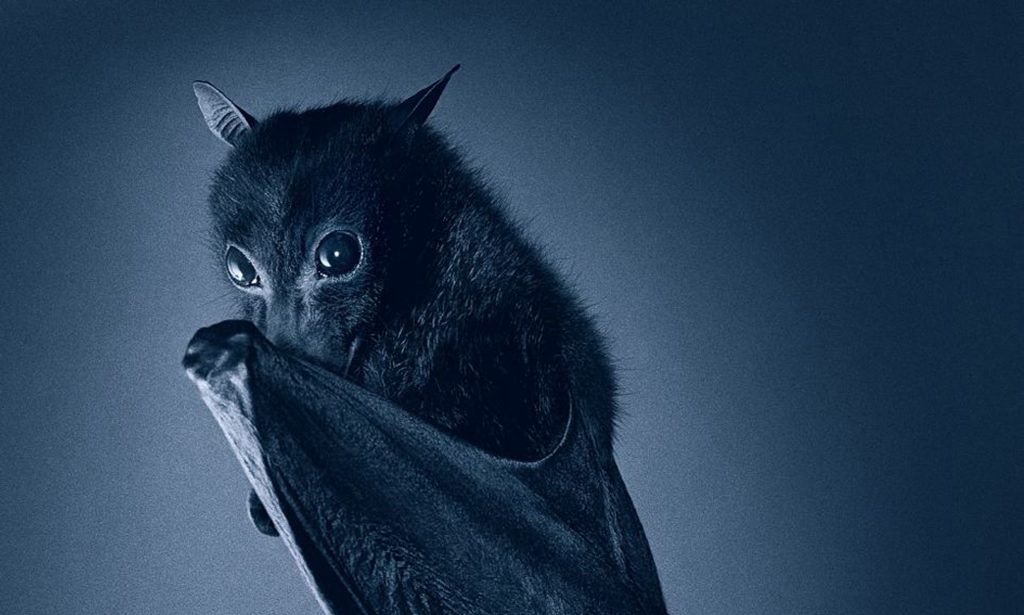
Bats are good bio-indicators as their population trends tend to reflect those of lower trophic levels such as arthropods. As nocturnal animals, all bat species are impacted by light pollution. Some still live in green areas in large urbanized cities. However to maintain the connection between these green areas, bats seem to follow dark corridors, i.e. flight path going through the least illuminated parts of the city. In order to define those corridors, we used ISS images taken at night of the three French cities we studied (Paris, Lille and Montpellier) and modeled the relationship between bat activity and the level of illuminance. We also modified the ISS images to create scenarios representing potential change in the light technologies to predict how the dark corridors will change in the future.
6. ENVIRONMENTAL RISK MAP
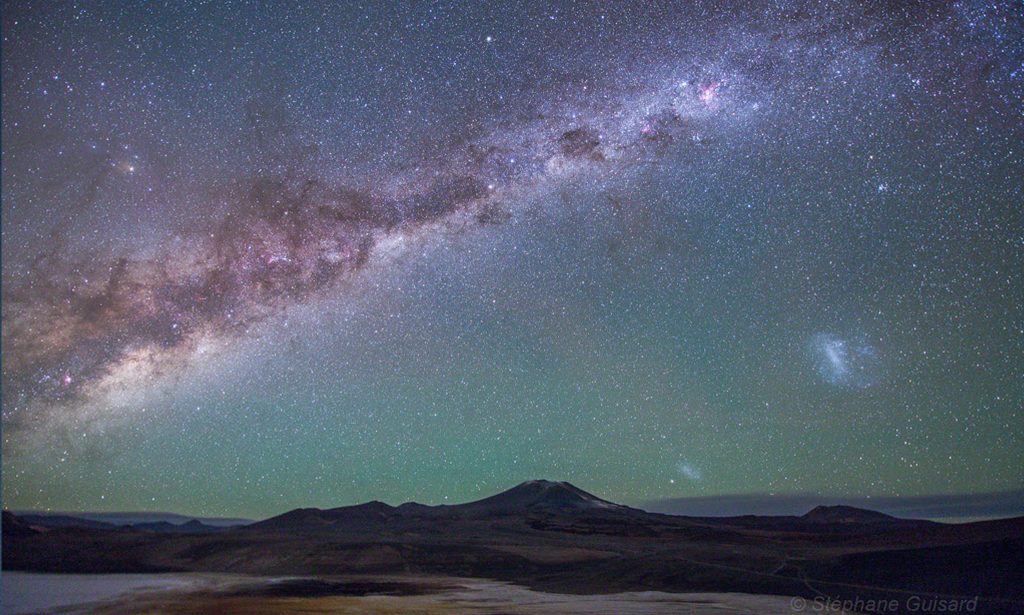
Before now data on spatial variation in the emissions of artificial nighttime lighting (from streetlights and other sources) at different wavelengths (perceived as colour) has largely been lacking, particularly at geographic scales. In this project we will resolve this problem, and determine the likely severity across Europe of an array of ecological impacts of artificial lighting of the nighttime environment. We will do this by creating environmental risk maps using data from a novel and largely untapped source, the colour images taken using conventional SLR cameras by astronauts aboard the International Space Station (ISS).
7. LIGHT POLLUTION OF SWITZERLAND
Map of the Light pollution of Switzerland ,Institute of Ecology and Evolution, James Hale,University of Bern.

We are using the ISS images to have a high resolution map of the light pollution of Switzerland
8. LIGHT POLLUTION AND LAND USE
Tracking the Light pollution linked to land use. Understanding lighting change. C.C. Kyba, GFZ German Research Centre for Geosciences, Potsdam, Germany

We want to know which are the kind of sources that produce the light pollution and how it is growing globally. The change to white LED lights is a challenge for monitoring light changes from satellite, because the satellites that cover the whole Earth are not sensitive to blue light. We will compare the astronaut photographs to the satellite data to understand how the change affects our measurement of global lighting trends.
9. BIRDS
LuMinAves, Airam Rodríguez Martín, Department of Evolutionary Ecology. Estación Biológica de Doñana (CSIC)

EcolightForsSeabirds & LuMinAves research is focused on marine bird populations around the Macaronesian area, threatened by light pollution. These birds suffer the effects of artificial light at night getting disoriented and hitting obstacles. Our intention is using ISS images to evaluate collision risks.
The projects aim an important observation campaign to rise the number of rescued birds as well as develop and implement precautionary measures to help reducing collisions, improving at the same time energetic efficiency.
10. MODELING
Graphycs, Marin Aubé, Département de physique, CÉGEP de Sherbrooke

Modeling of light pollution of the city of Montreal on the transition to LEDs.

